Experts wonder how genetic engineering will eventually reshape the natural world.
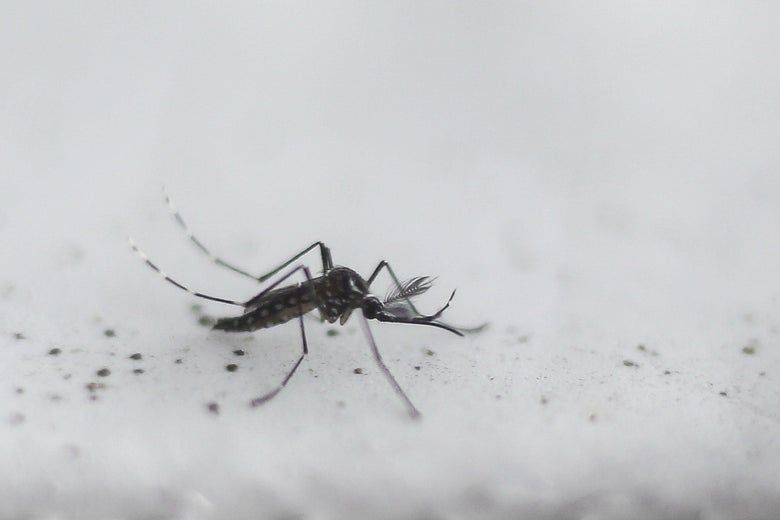


“Properties that have never been found in nature”
New claims that the novel coronavirus SARS-CoV-2 was engineered have been dismissed by scientific and intelligence experts.
The authors of a British-Norwegian vaccine study—accepted by the Quarterly Review of Biophysics—claim that the coronavirus’s spike protein contains sequences that appear to be artificially inserted.
In their paper, the Norwegian scientist Birger Sørensen and British oncologist Angus Dalgleish claim to have identified “inserted sections placed on the SARS-CoV-2 spike surface” that explains how the virus interacts with cells in the human body. Virologists, however, note that similar sections appear naturally in other viruses.
Many scientists are eager to discuss the possibilities of using gene editing to preserve biodiversity.
Though scientists are optimistic that CRISPR could help, they also emphasize caution and community engagement in order to get it right.
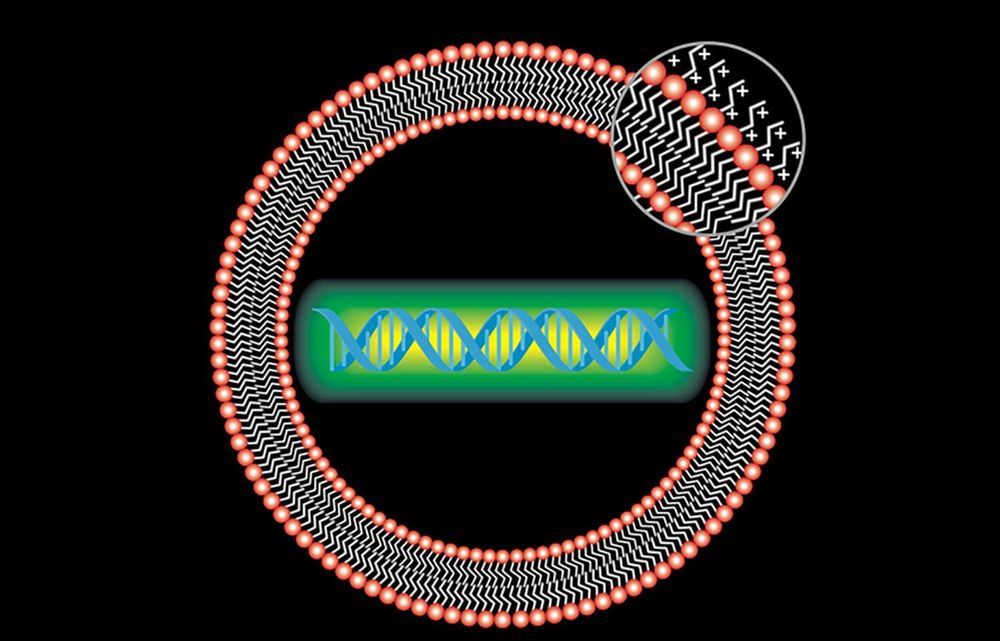
A team of scientists from Stanford University is working with researchers at the Molecular Foundry, a nanoscience user facility located at the Department of Energy’s Lawrence Berkeley National Laboratory (Berkeley Lab), to develop a gene-targeting, antiviral agent against COVID-19.
Last year, Stanley Qi, an assistant professor in the departments of bioengineering, and chemical and systems biology at Stanford University and his team had begun working on a technique called PAC-MAN—or Prophylactic Antiviral CRISPR in human cells —that uses the gene-editing tool CRISPR to fight influenza.
But that all changed in January, when news of the COVID-19 pandemic emerged. Qi and his team were suddenly confronted with a mysterious new virus for which no one had a clear solution. “So we thought, ‘Why don’t we try using our PAC-MAN technology to fight it?’” said Qi.

Scientists have successfully transplanted functional miniature livers into rats, after growing the bioengineered organs in the lab from reprogrammed human skin cells.
The experiment, which gave the animals working liver organs, could lay the groundwork for future treatments to address terminal liver failure – a disease that claims the lives of over 40,000 people in the US every year.
While there’s still a lot of work to be done before the technique can directly aid human patients, the researchers say their proof of concept may help underpin a future alternative to liver transplants, which are often incredibly expensive procedures to perform, in addition to being strictly limited by donor supply.
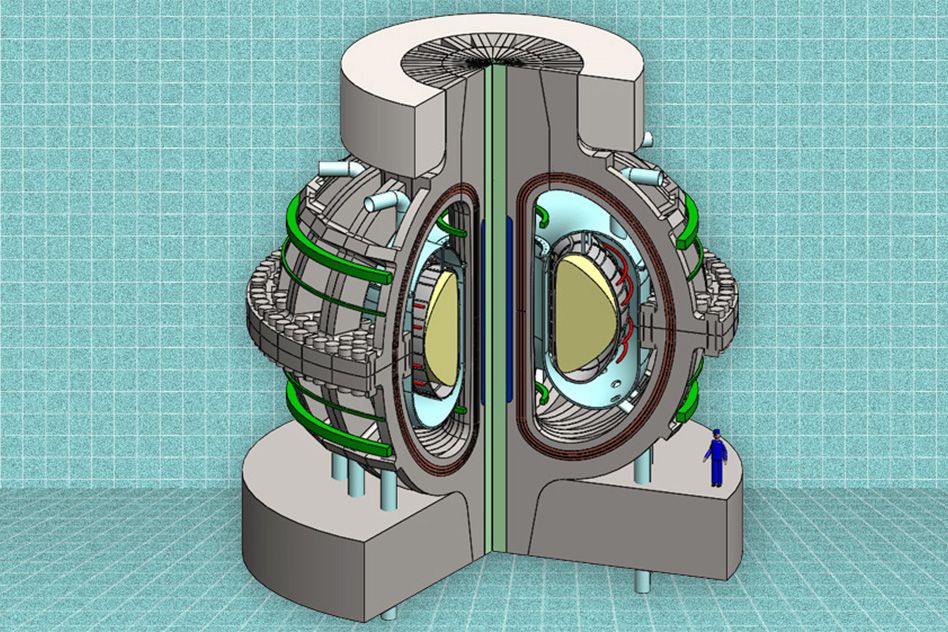
Circa 2015
Fusion power can seem a bit like the last bus at night; it’s always coming, but never arrives. MIT is working to change that with a new compact tokamak fusion reactor design based on the latest commercially available magnetic superconductor technology. The ARC (affordable, robust, compact) reactor design promises smaller, cheaper reactors that could make fusion power practical within 10 years.
A commercially viable fusion reactor has been the Holy Grail of engineering since the 1950s, with the potential to turn almost all other major electricity sources into an historical footnote overnight. If perfected, it would essentially be an inexhaustible source of power, impacting on almost every aspect of life, from the environment to global politics. The trick is making it practical.
Put simply, fusion involves placing hydrogen atoms under very high heat and pressure until they fuse into helium atoms, which releases tremendous amounts of energy. The Sun does this as a matter of course, but reproducing those conditions on Earth outside of a hydrogen bomb has proven difficult.
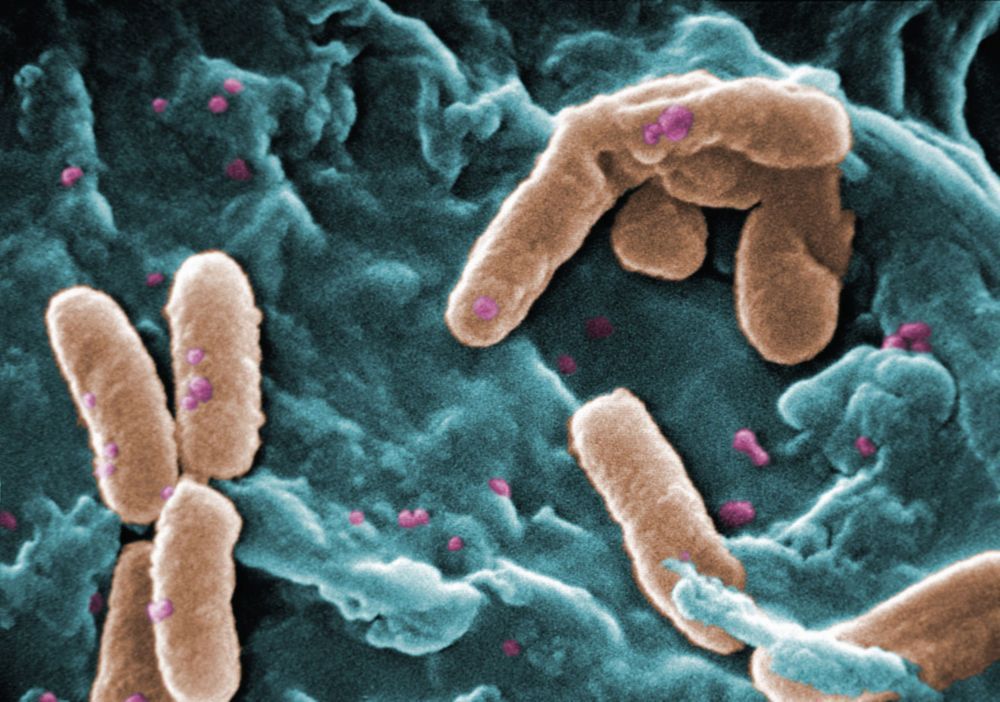
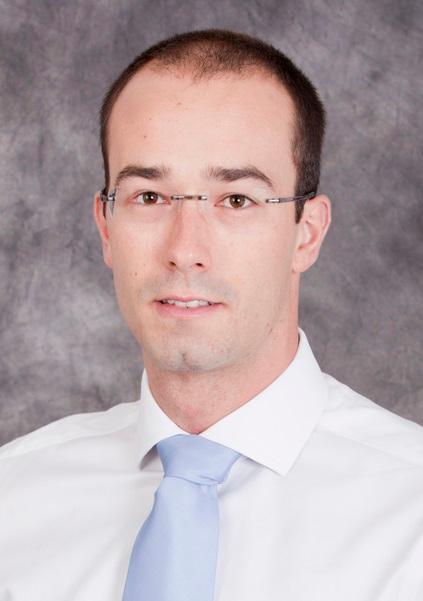
When you think of the words “data” and “mine”, no doubt the idea of data mining comes first. However, just as much as we find value in mining the rich resources of data, so too can we apply the advanced techniques for dealing with data to real-world mining — that is, extracting natural resources from the earth. The world is just as dependent on natural resources as it is data resources, so it makes sense to see how the evolving areas of artificial intelligence and machine learning have an impact on the world of mining and natural resource extraction.
Mining has always been a dangerous profession, since extracting minerals, natural gas, petroleum, and other resources requires working in conditions that can be dangerous for human life. Increasingly, we are needing to go to harsher climates such as deep under the ocean or deep inside the earth to extract the resources we still need. It should come as little surprise then that mining and resource extraction companies are looking to robotics, autonomous systems, and AI applications of all sorts to minimize risk, maximize return, and also lessen the environmental impact that mining has on our ecosystem.
On a recent AI Today podcast episode, Antoine Desmet of mining technology and equipment company Komatsu shared how they’re using advanced forms of AI, automation, and robotics to make an impact on the organization’s operations. Antoine has an interesting background, starting his career as a telecom engineer and receiving a Ph.D in neural network engineering. After getting his Ph.D, he returned to Komatsu and started working in surface analytics. He states that at the time there was a lot of data to work with, but very few analytics in place. He decided to start implementing machine learning and in the last few years his company has seen significant growth through this approach, with his data science team growing from just one person to ten people.
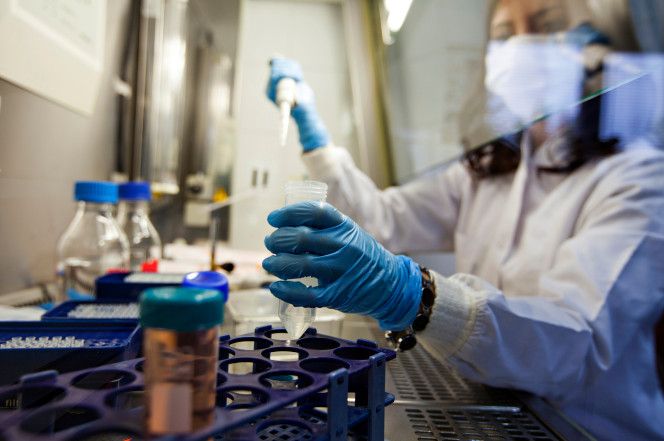
Not all viruses set out to cause widespread death and sickness — some have the potential to fight cancer, according to new research.
Researchers from Hokkaido University in Japan have genetically engineered adenoviruses, which is a family of viruses that cause mild symptoms, to replicate inside cancer cells and kill them, according to a new paper in the journal Cancers.
To do this, Fumihiro Higashino, a molecular oncologist, and his team inserted adenylate-uridylate-rich elements (AREs) from two human genes — a stabilizing element found in a type of macromolecule present in all biological cells — into two strains of the virus to help specifically attack cancer cells.